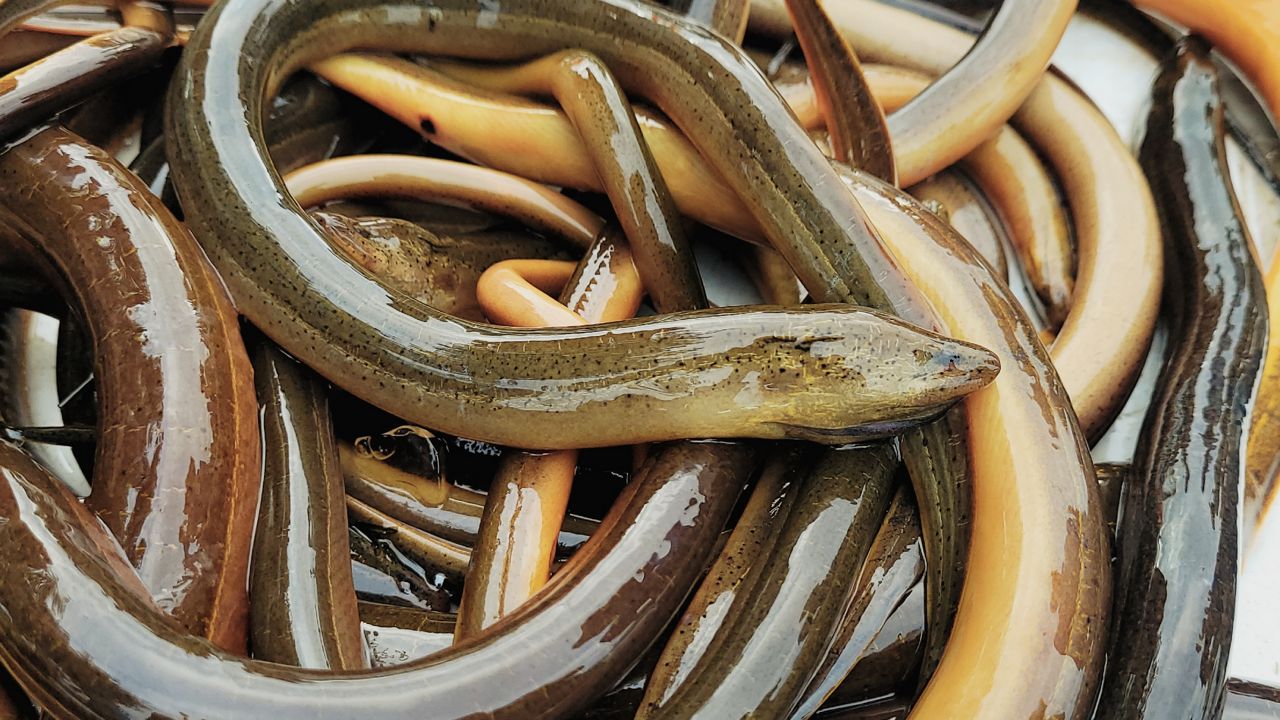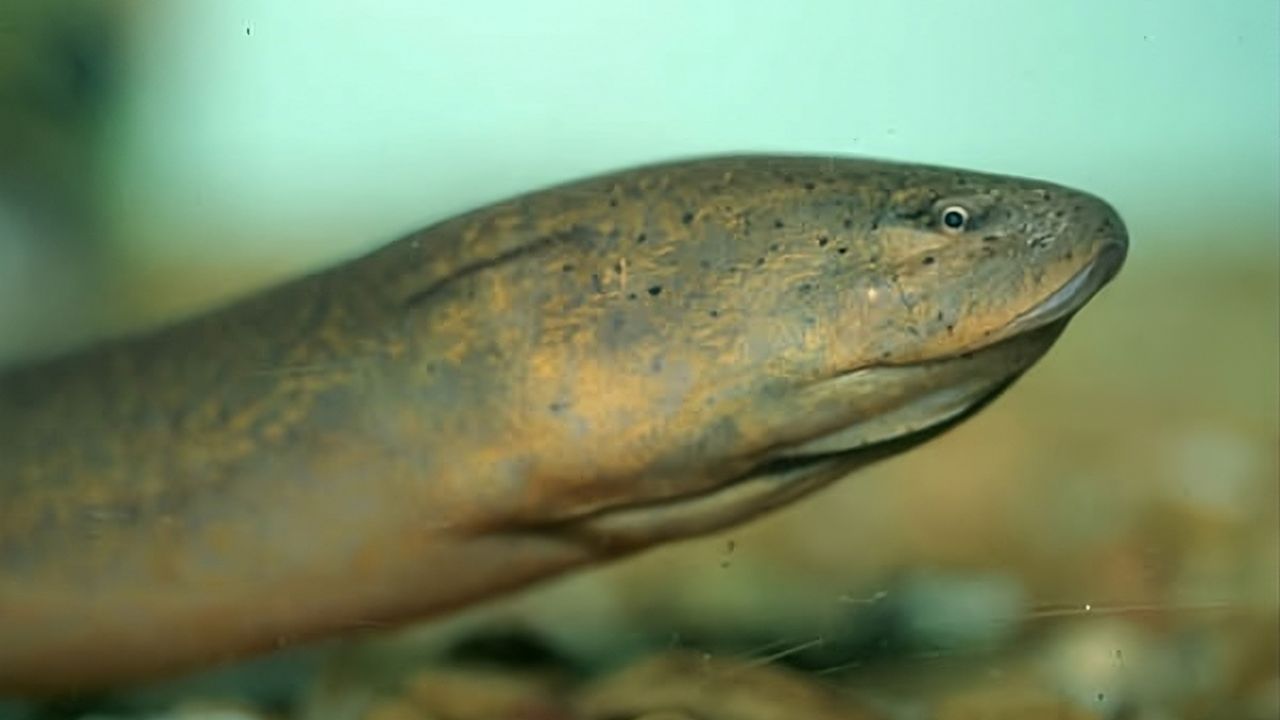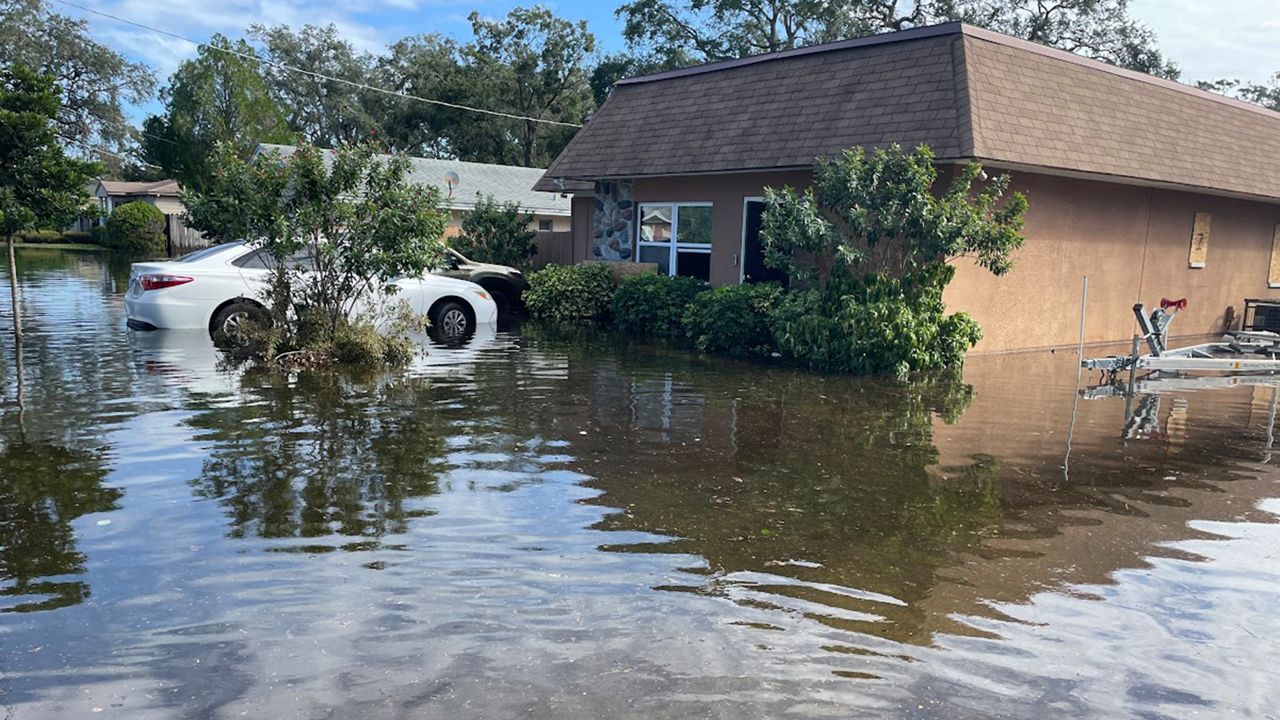FLORIDA — A number of agencies are reporting increased concern about the population growth of the invasive Asian swamp eel in Florida.
The University of Florida, in partnership with the U.S. Geological Survey, U.S. Army Corps of Engineers, and other agencies, encourages the public to report sightings.
Scientifically known as "Monopterus albus," the Asian swamp eel was first detected in Florida in 1997. There is concern about its population growth throughout the southeast, particularly in the Sunshine State.
Scientists are concerned about the potential for invasion in new waterways and the harmful effects it could have on Florida's biodiversity. They also said the impacts from the eel on freshwater systems, which support recreational and commercial fishing industries, are unknown.
“Florida’s aquatic habitats are vital to our ecosystem and economy, and invasive species like the swamp eel can cause irreversible damage to our biodiversity,” said Paul Evans, research coordinator for the UF/IFAS Invasion Science Research Institute (ISRI). “Like any invasive species their function as a novel predator is what is most harmful to our native species.”

The Asian swamp eel is a unique, air-breathing fish native to Southeast Asia, thriving in muddy, stagnant waters.
Here is what scientists know about the Asian swamp eel:
- Known for its ability to thrive in a variety of aquatic environments, swamp eels are highly adaptable and capable of surviving in a variety of environments, from slow-moving streams to marshes and wetlands.
- They are opportunistic feeders, consuming a wide range of prey, including small fish, amphibians and invertebrates.
- The species has the potential to disrupt food webs and harm native biodiversity, leading to ecological shifts in affected areas.
- Swamp eels can reproduce prolifically, making it difficult to control their population once they become established
People in Florida’s waterways are urged to report sightings through the USGS Nonindigenous Aquatic Species website, EDDMapS website or App, or FWC’s 888-Ive-Got-1 (483-468) hotline.










